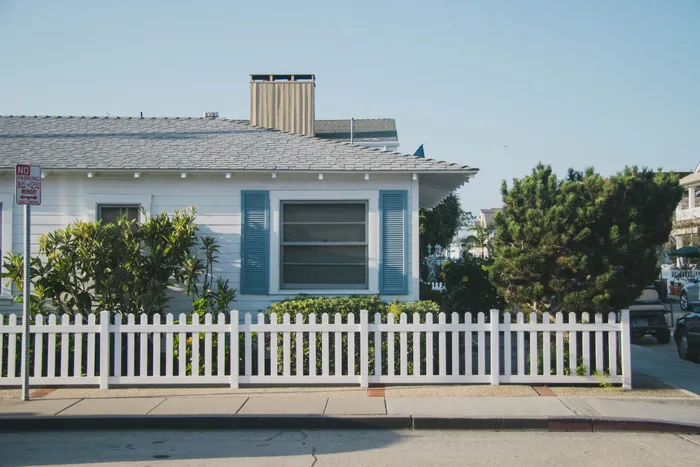Unchanged repo rate welcomed

Property players are pleased with today’s decision by the Monetary Policy Committee (MPC) to keep the interest rate at 7% but are hoping that the committee will decide next time to cut the rate.
The repo rate will also remain at 3.5%. With inflation currently at 3.2% Andrew Golding, chief executive of the Pam Golding Property group feels there was the possibility of a further reduction in the repo rate in order to provide relief for debt-laden consumers.
As the economy has largely reopened, he says lower rates are now likely to have more impact by easing debt burdensfor households and businesses. “It is hoped that we will see an additional reduction in the repo rate at the next MPC meeting in November.”
Making the case for a further lowering of the repo rate is the limited Q3 recovery in South Africa’s economy which “highlights consumers’ hesitance and limited ability to spend”. The return of load sheddingcasts a further shadow and there has not yet been any real sign of meaningful economic reforms or stimulus, resulting in both consumer and business confidence remaining severely constrained.
Still, the current low-interest-rate environment and banks’ appetite for lending provides “some support” for housing market recovery. Golding adds: “While the middle and lower sectors of the market, in particular, are still fuelling activity, the luxury market is also experiencing green shoots of increasing transactions. First-time buyerscontinue to boost sales, representing 54.5% of ooba’s home loans in July...”
Echoing this Adrian Goslett, chief executive of Re/Max of Southern Africa says the previous cutshave already generated increased appetitein the first-time buyers’ market and activity within the property market in general.
“Keeping interest rates stable following these cuts will allow market activity to continue as it has been which will hopefully lead to further market recovery.” He encourages buyers to enter the property market while interest rates are still low.
“At the current interest rate, bond repayments can be more affordable than the monthly rent. I would just caution new buyers to leave room in their budget so that they can still afford the repayments if interest rates later return to their previous levels of around 10%.”
Bruce Swain, chief executive of the Leapfrog Property Group agrees that the repo rate decision is good news for the property market. “This record-low interest rate means the cost of lending is such that more people can afford to enter the property market. In fact, it's a great time for first-time buyers to get a foot on the property ladder. Beyond the motivation of owning one's own home, the property is both a rewarding savings tool and a resilient investment over time."
The MPC’s decision to retain the rates has also been welcomed by Samuel Seeff, chairman of the Seeff Property Group. Unlike the rest of the economy, he says the residential property sector has reaped the benefits of the aggressive rate cuts resulting in a first-propertybuyer’s boom.
The market up to R5 million to R8 million has also been buoyant. Although the rates decision was expected following five aggressive rate cuts, he also believes that the significantly worse GDP data in the second quarter and a weaker outlook for the year leaves room for SARB to provide a rate cut at the next meeting.
“This will be a vital stimulus to reignite the economy which, save for the residential property market, has not seen any major impact from the rate cuts.” Marcél du Toit, chief executive of Leadhome, however, says the decision to keep interest rates unchanged was “baffling” given the need for radical economic recovery in the country.
At the same time, the local property market was being held back by an overly cautious approach by the major banks. Citing the agency’s data he says there was a “clear shift” in the interest rates granted by banks on home loans pre- and post-lockdown.
In Q1 2020, 54% of home loansgranted were below the prime interest rate whereas, after June 1 only 27% of home loans were given interest rates below prime – meaning nearly three-quarters of homebuyers in this period are paying prime or above.
“This means one of two things: either banks have fundamentally repriced the long-term risk of lending in South Africa, or they are taking advantage of the existing liquidity offered by the SARB to increase margins and take profits. Banks will always argue the former, but the evidence right now suggests the latter,” du Toit says.
Related Topics: